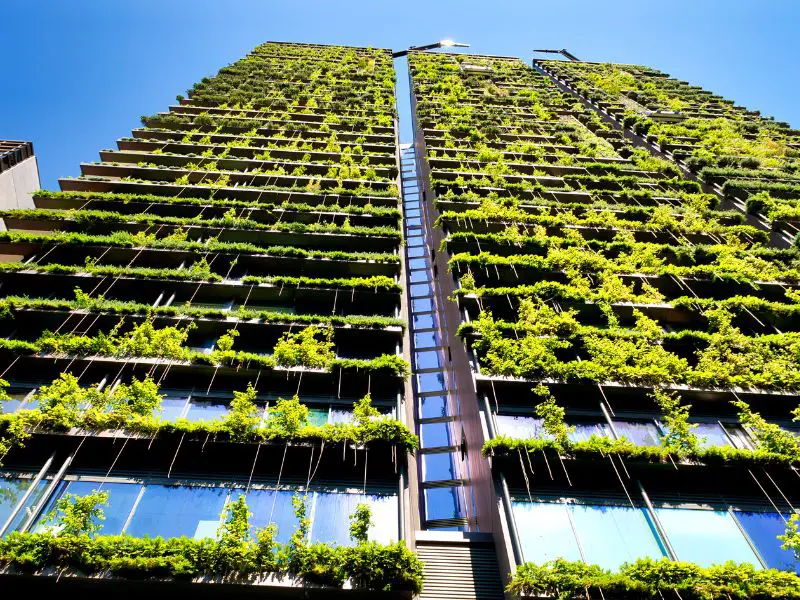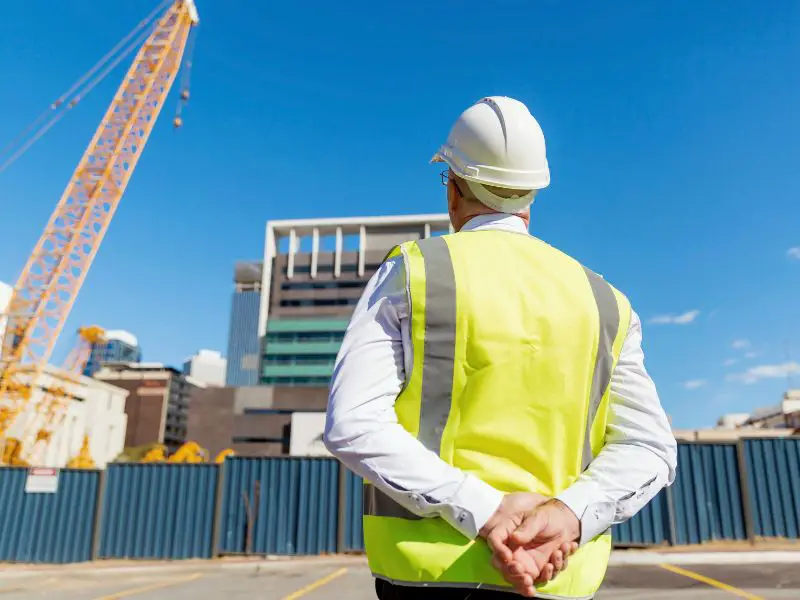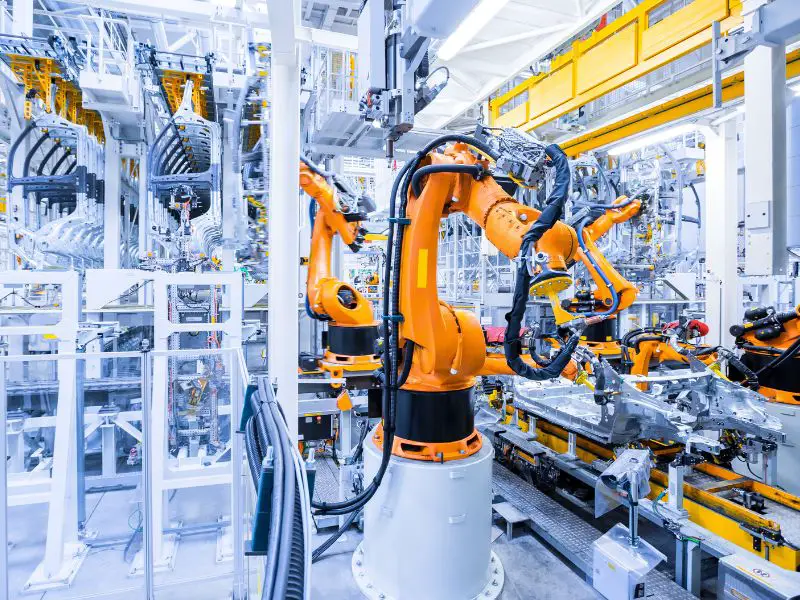The construction industry is undergoing many changes, driven by technology. From 3D Printing to robotics, construction companies are finding new and innovative ways to meet market demands. Construction technologies are increasing, allowing companies to produce high-quality, customized products more quickly and efficiently. This article discusses the future of the construction industry and five of the essential construction technologies and trends that are shaping the industry.
New Construction Technologies
Technology has significantly influenced the construction industry in the last few decades. Some experts believe that the next ten years will be even more revolutionary. They expect that construction will become as automated and connected as other industries. The Internet of Things, robotics, 3D Printing, and artificial intelligence are some technologies that will reshape the industry.

How Technology Helps Issues the Construction Industry Faces
With construction being a $1.3 trillion industry, it is no wonder the sector faces many challenges. From finding skilled workers to ensuring safety, construction teams face many challenges. Technology can minimize these challenges, and the construction industry can move forward.
Improving Productivity
Construction is an industry in which productivity is vital. In 2019, the U.S. construction industry produced $1.3 trillion in output, representing a 2.7% increase from the previous year. Companies must utilize construction technologies and trends that increase productivity to maintain this growth.
Today, the construction industry is facing significant challenges. According to recent reports, the construction industry in the U.S. faces a worker shortage because of the Great 2021 resignation. This shortage is resulting in delayed projects, which is bad for business. However, the industry is evolving, and companies are innovating and using technology to help boost productivity. Technology has come to be an important part of business in today’s marketplace.
Safer Workplaces
Construction sites are often hazardous, as workers are in high-risk environments. One of the biggest roots of accidents and injuries is falling from height. Falls from heights are one of the top 5 causes of fatalities on construction sites.
Construction companies are implementing technology to prevent these accidents by making their workers safer. These include wearables, GPS, intelligent caps, smart glasses, and a self-cooling vest. These pieces of technology provide workers with different kinds of protection and reduce the risk of an accident.

Other devices include alarms, cameras, and lights that alert workers and bystanders to dangers. This technology will make construction sites safer, reducing the risk of intruders.
Better Collaboration
Collaboration in construction is now more critical than ever, as it is becoming increasingly clear that projects cannot succeed without good cooperation between all parties. Recent years have seen many projects fail due to problems between client and contractor, and these failures have led to project delays and costs spiraling out of control. To ensure that projects run smoothly, contractors need to collaborate with their clients from the start. With technology now allowing information to be shared quickly and easily, it has never been easier to work together.
Expectations from the Construction Industry: 6 Key Trends to Watch
The global construction industry is growing at an unprecedented rate, and they expect the trends to continue well into the next decade. In 2022, researchers projected the CAGR of the construction sector to grow by 4.2%, reaching the estimated value of $10.5 trillion by 2023. These six key trends drive the construction sector:
Trend #1: Building Information Modeling (BIM)
Building Information Modeling (BIM) is a model for collaboration that uses 3D computer visualization to communicate information about a construction project. It reduces waste by managing changes and improves quality by simulating how a project is built. Because BIM is three-dimensional (3D), it creates highly accurate representations of the building or structure, providing real, tangible information that can be manipulated, analyzed, and shared.
BIM is an emerging technology in the construction industry. With BIM, contractors can accurately model the building process, predict problems, and reduce waste. This allows contractors to minimize cost overruns and delays while achieving greater accuracy and efficiency.
Trend #2: Virtual Reality, Augmented Reality, and The Metaverse
With rising technologies such as virtual reality, augmented reality, and the metaverse, the construction industry is quickly adapting to change. New trends allow construction professionals, engineers, architects, and designers to collaborate in new ways, resulting in better designs, products, and safer projects.
The construction industry has slowly adopted new technologies, but that’s changing. New technologies are allowing workers to collaborate in new ways, allowing them to improve designs and products, as well as make construction safer. With new virtual reality, augmented reality, and metaverse technologies, construction workers, engineers, architects, and designers can work in the same immersive virtual space, with endless capabilities, working together to create better designs, products, and safer projects.
Trend #3: Digital Twins
Digital twins are virtual imitations of physical objects. Using real-time sensing technology, digital twins can collect data about real-world things and use this data to simulate object conditions. This simulation allows engineers, designers, and manufacturers to predict how real-world objects react to physical, environmental, and environmental conditions. The information gathered by digital twins can improve design processes, develop new products, reduce errors, improve efficiency, and more. Digital twins are revolutionizing the design, construction, and manufacturing industries.
Trend #4: Green Construction
Green construction is a trend that has been steadily gaining popularity in the past few decades. It focuses on incorporating environmentally-friendly measures into the construction process. Many benefits are associated with green construction, such as reduced construction costs, improved indoor air quality, and a better working environment. Moreover, going green reduces the impact of construction on the environment. This, in turn, reduces costs and minimizes the effects on human health.
Green construction involves a variety of measures, such as using sustainable materials, proper waste management, reduced energy use, and promoting a healthy indoor environment. Using sustainable materials like recycled wood can significantly reduce a project’s cost. Moreover, recycled wood is environmentally friendly, as it helps reduce deforestation.
Trend #5: Construction Robots
Construction robots are becoming more and more popular in the construction industry. These robots do multiple tasks, such as building, welding, drilling, painting, etc. These robots help to decrease labor costs, increase productivity, and reduce human error. With more construction robots companies use, construction workers’ labor and human skills can focus more on critical tasks. This will reduce labor costs, minimize human error, and increase productivity.
In the past, construction robots are limited to only certain tasks such as painting or lifting. They are becoming much more helpful, as they can work more autonomously. They can even work side by side with humans. Their use rapidly expands, as they can perform many tasks more efficiently than humans.

Trend #6: 3D Printing
When 3D printing technology was first introduced in the 1980s, it was primarily used to create prototypes. However, with improvements in technology, it is now being used in mass production. Companies use it to manufacture everything from car parts to complex architectural structures. 3D Printing allows companies to cut costs, which can help them compete against their competitors.
Traditional manufacturing involves the use of heavy machinery, which can increase the cost of production. With 3D printing, there is no need for heavy machinery. This technology has revolutionized the construction industry. Unlike traditional construction techniques, 3D Printing does not require intense labor. Instead, it uses a digital file to create an object. This eliminates many of the costs that are involved in traditional construction, making housing and construction more affordable.

Author’s Note
The construction industry will become more advanced, efficient, and safer. New technologies, such as virtual reality, augmented reality, and the metaverse, will change how the construction industry works. And with the continued use of green construction methods, the construction industry will be able to protect the environment.
Many countries worldwide are taking steps towards using more environmentally friendly materials in construction projects. This will lead to a healthier planet, as green construction methods reduce air pollution, protect water sources, and prevent soil contamination. Green construction methods will also lead to healthier buildings, as eco-friendly materials help reduce indoor pollution.
Related: Top Sustainable Technologies, Sustainable Transportation, 10 Cutting Edge Green Technologies


2 thoughts on “Construction Technologies: 6 Trends Shaping the Industry”